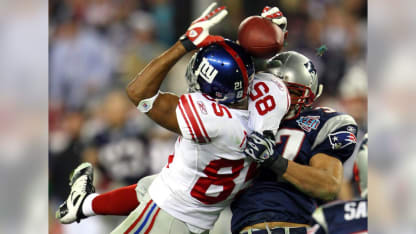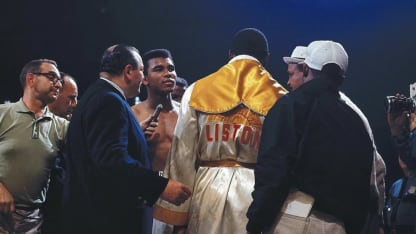How this will change the fan experience
The other benefit of an approach like this is that fans get access to a "beyond TV" experience. Telcos will be able to chop up sports content in a way that hasn’t previously been possible, bringing a personalized offering to individual subscribers. The NBA, for example, already lets fans stream the final quarter of any game at a reduced price, which caters in equal measure to the casual sports fan and a die-hard basketball follower that’s out of the house while the match is on.
When fans watch on mobile using an operator’s service, the operator owns that experience from end-to-end. A push notification could be sent to interested subscribers offering them a deal to watch the match at a low rate, or even for free in exchange for renewing their contract with the operator for another 24 months.
Telcos are also in the best position to use freemium and shared accounts to their advantage. Allowing subscribers to share access to sports content with their family, they can bring new consumers into their ecosystem, collect data for personalization benefits, and convert them into fully paid-up subscribers over time.
Live sport is still going through its digital transformation, and the best routes to monetization are still being established. But one thing is clear: the future of this industry will be both interactive and immersive. It’s also going to be driven by 5G, one way or another. And operators that use sport as a tangible use case for their next generation networks, combined with making the right investments into their OTT tech stack today, stand to reap the benefits for years to come.
* This article was originally published on International Business Times, on 24 July 2019.

